We collaborate with all sorts of allies--stakeholders, policymakers, advocates, etc.--to bring about positive changes to the Great Lakes. In order to make these changes sustainable into the future, though, we also need to work with another important demographic: kids. Children will become the innovators, change-makers and commoners of the future, and they will carry the torches of our causes and the costs of our decisions today. Education is an integral part of our work to establish the Great Lakes as a Commons and protect it for future generations.
Students in the area of London, Ontario, recently learned about environmental problems and the Great Lakes through a pilot Environmental Art Project program funded by their local arts council. The goal of the project was to encourage students to consider problems around the Great Lakes through art media. For instance, one assignment had students learn how to draw the lakes by looking at the shapes (an equilateral triangle, a moustache, two peanuts, etc.) and painting the land and the water. Students studied the watershed, animals and plants and reflected on how important water is to their lives.
2nd and 3rd Graders in Laura Mills' class at Delaware, Ontario, Public School.
The "triangle, moustache, and peanut"!
Julie Picken-Cooper is an artist and teacher who focuses on environmental issues and helped to launch the program. “I find that this approach is a very subtle way of learning about the environment,” she said. Even though the children are painting and drawing, “the lessons include deforestation, ocean acidification, species extinction, urban sprawl and global perspectives.”
Picken-Cooper was originally inspired to focus on the environment in her work after hearing Maude Barlow speak at her convocation from Althouse College at the University of Western Ontario. “I had no idea who Maude was or what she was talking about, but she was inspiring, articulate and passionate... this sparked my curiosity, so I went to the library and got out all of her books and started to read.” Picken-Cooper then began to focus her work on environmental problems, including a show about trees with H.B. Beal Secondary School in London that raised $1000 for a local nonprofit.
Programs like this and the Haggerty Museum of Art’s Water Across Curriculum integrate ideas like water or trees into the classroom and free students from the confines of the textbook, allowing them to think about things in a different way. “Thinking about things in a different way” is becoming more and more important when considering the future of our endangered commons like the Great Lakes, and the minds of children are an excellent place to start.


